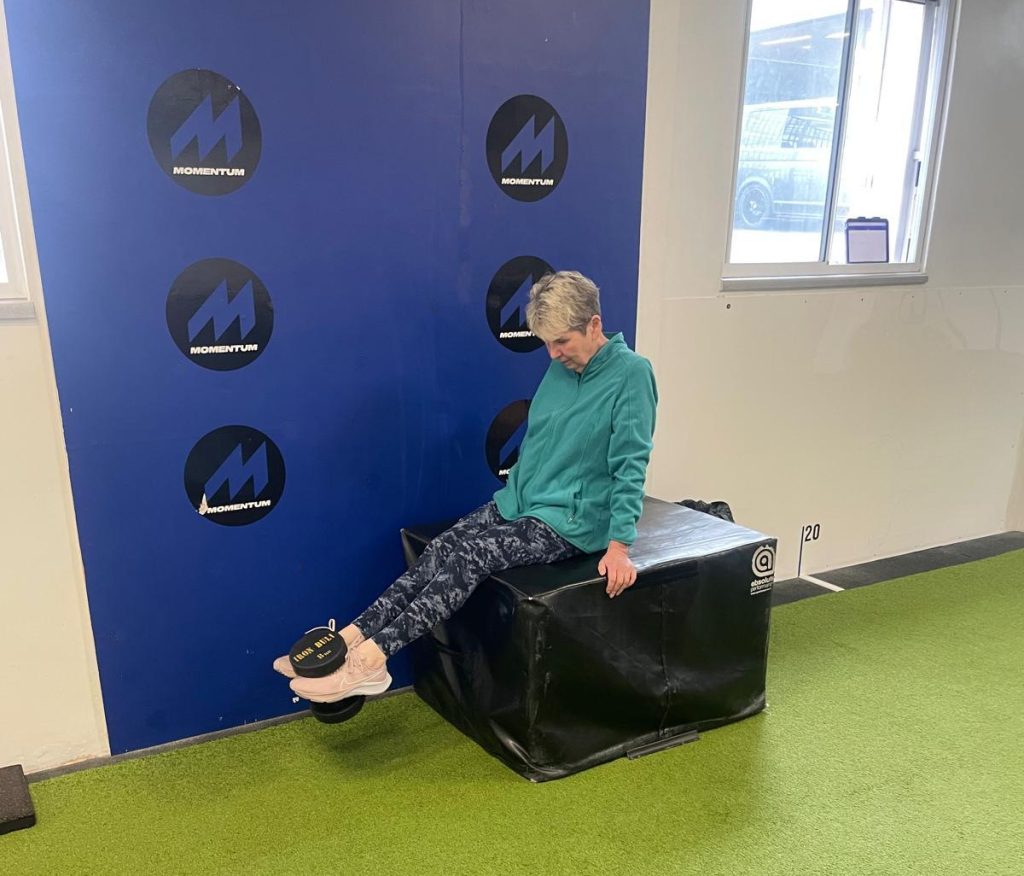runners and strength training
Whether you’re a beginner or you’ve been running for some time, strength training might not be something you have considered as part of your training schedule. Yet, one thing you’ve probably heard since you started is that runners need to run more if they want to get in shape and improve their performance.
However, this can often lead to injury as the main benefits of running are in the cardiovascular and respiratory systems, and not in strengthening muscles.
Therefore, if you’re trying to improve your running by going further and faster, your muscles won’t be prepared for the added intensity. This can actually result in injury and hinder your running.
Of course, when you first add running into your daily or weekly routine, you’ll see a difference in the strength of your muscles. But, as your body adapts and becomes accustomed to the level of workout, the changes will slow down and eventually stop.
This is why it’s important to dedicate time to muscle strengthening exercises, which is something athletes have been doing for decades.
To help you perform better and reach your full potential, you’ll need to take a comprehensive approach to strength training, targeting areas you haven’t been made aware of previously.
The mechanics of running
Before getting into the ‘how-to’ of strength training, let’s take a look at how running works.
Taking upwards of 1,600 steps to run a mile, as you run, you’ll be pushing your weight forward and absorbing the force with the other leg. The shock from this can be up to 5 times your body weight.
This is where strength training steps in, as your legs need to be strong enough to effectively absorb the force of each step while running. As the muscles increase, they’ll be able to take on more force and will work to protect your ligaments, cartilage, and the structure of your internal joints.
Improving running performance
If you are a runner, you’ve just started, or you’re thinking of starting, strength training can help you reach the best of your abilities.
Incorporating strength training into your routine two to three times a week can result in significant improvements. Of course, not everyone can dedicate this time, and if you’re running occasionally or just starting, once a week is fine.
Scientifically proven to increase your speed and decrease your chances of injury, the key benefits to incorporating strength training into a running routine include:
- Improved efficiency – as you’ll be working to strengthen your core and smaller supporting muscles you may otherwise overlook, you’ll have a better running form, helping to make your runs more efficient. Great if you’re training for a long-distance event.
- Increased endurance – as your muscles will be stronger, you’ll be able to run for longer before getting tired, which is great for those looking to constantly improve their running fitness.
- Injury reduction – with stronger muscles comes less stress on other areas of your body such as cartilage and bones, helping to reduce your risk of injury.
- Quicker – with stronger muscles, you’ll be able to transfer more power to your feet, which will help you to become much faster.
- Better coordination – the added training will help to improve your neuromuscular efficiency, making you more coordinated as you run, which works in tandem with making you faster.
- Increased running economy – the increased strength training will help you to use oxygen better to improve your speeds.
As you can see, for runners of all levels, the benefits are huge. However, you’ll need to ensure the strength training you’re doing is beneficial to you.
Doing it right
Strength training isn’t a sprint, it’s a marathon.
In the same way you progressively build your running volume when training for a marathon you shouldn’t expect to be able to go from no strength training to lifting more than your own bodyweight in a matter of days; this could easily lead to an injury in itself.
It’s important to ensure you’re getting a good mixture of running and strength training and not doing it all on the same day. Just like running over 100 miles seven days a week won’t help you, strength training too much or doing everything in one go can have a negative effect.
That’s why it’s important to save your strength training for after your run. This should either be done after a moderate run or on days when you’re not running, as strength workouts are more intense. This also gives the body time to recover and repair, stopping you from further potentially injuring yourself.
Another important element of strength workouts is to build slowly; a process called progressive overload. Start with basic exercises with low loading, and gradually increase your loading, along with the exercise variety within your routine. You’ll also need to work on different body parts, to minimise the risk of muscle imbalance and subsequent injury.
Getting a professional to design and oversee your strength training program is important — and more valuable than a programme pulled off the internet — as they can ensure that it’s beneficial, sustainable and develops in line with your goals and physical abilities.
Here to help
If you’ve been running and you want to improve your performance through strength training, we’re here to help.
We’d be happy to offer you guidance and coaching, find out more here



